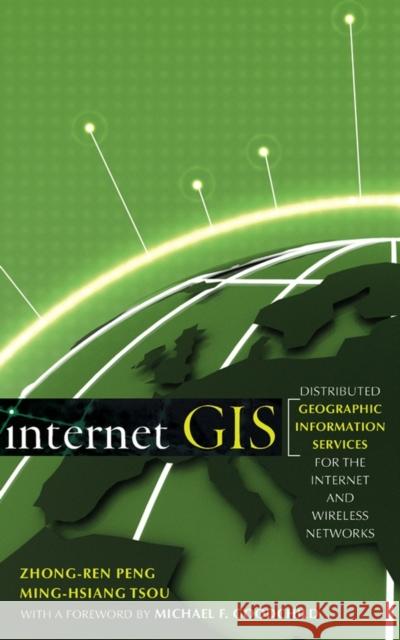Internet GIS: Distributed Geographic Information Services for the Internet and Wireless Networks » książka
topmenu
Internet GIS: Distributed Geographic Information Services for the Internet and Wireless Networks
ISBN-13: 9780471359234 / Angielski / Twarda / 2003 / 720 str.
Internet GIS: Distributed Geographic Information Services for the Internet and Wireless Networks
ISBN-13: 9780471359234 / Angielski / Twarda / 2003 / 720 str.
cena 650,50 zł
(netto: 619,52 VAT: 5%)
Najniższa cena z 30 dni: 645,16 zł
(netto: 619,52 VAT: 5%)
Najniższa cena z 30 dni: 645,16 zł
Termin realizacji zamówienia:
ok. 30 dni roboczych
Bez gwarancji dostawy przed świętami
ok. 30 dni roboczych
Bez gwarancji dostawy przed świętami
Darmowa dostawa!
* Provides case studies in each chapter illustrating how principles work in practice.
* Compares strengths and weaknesses of off-the-shelf software packages.











